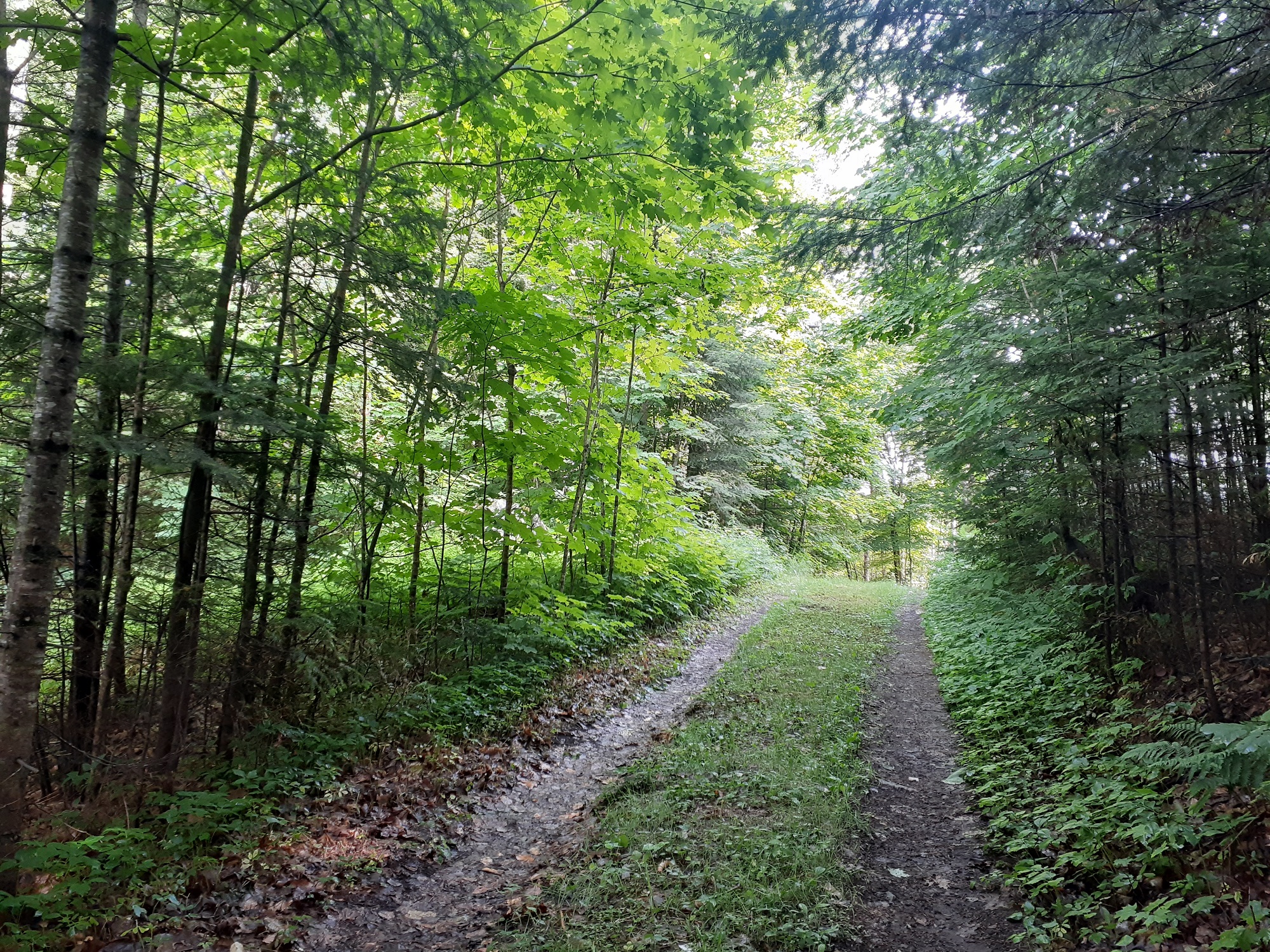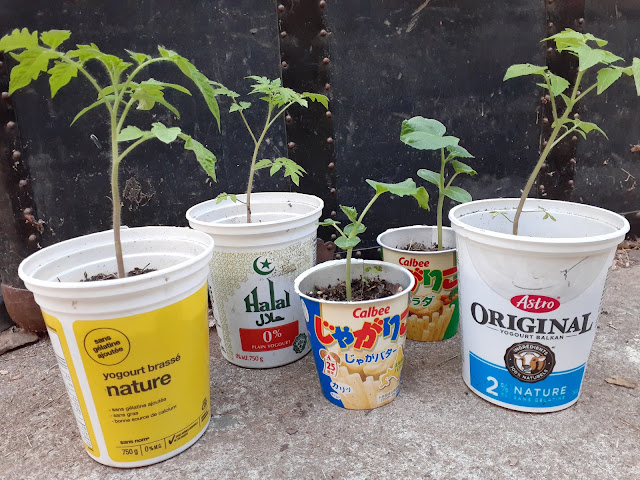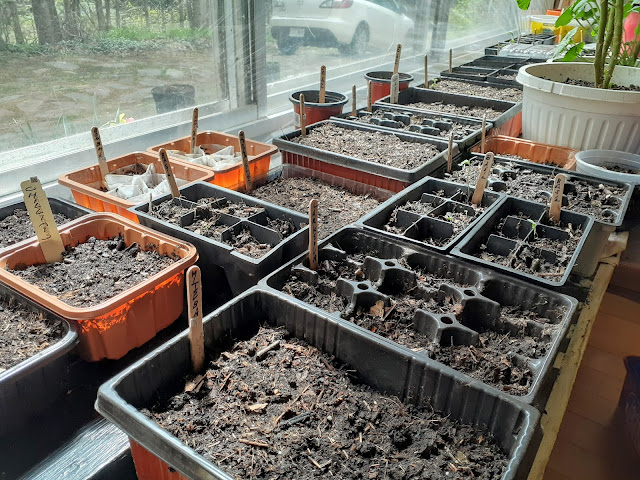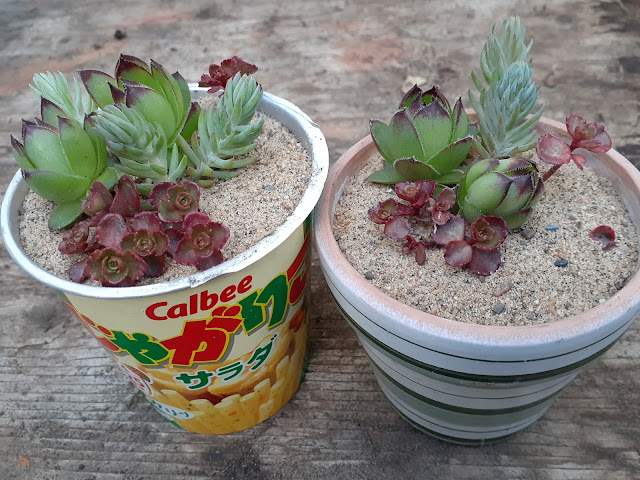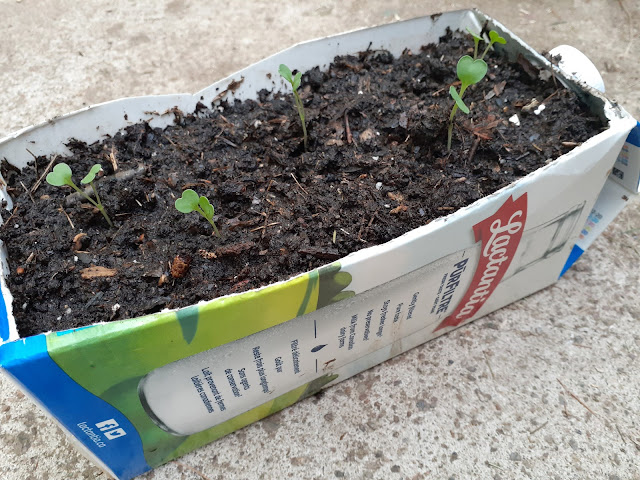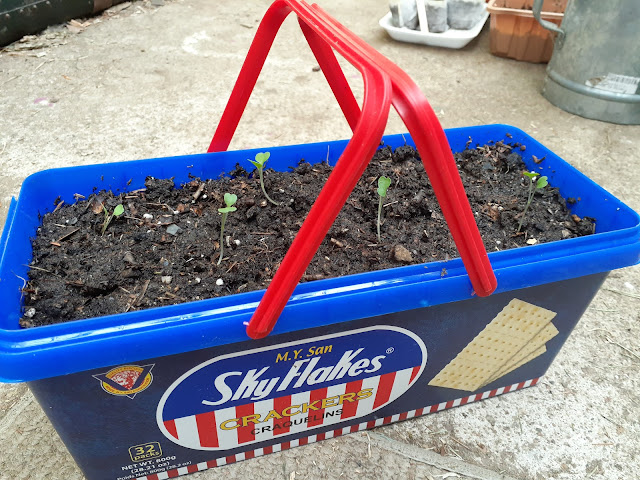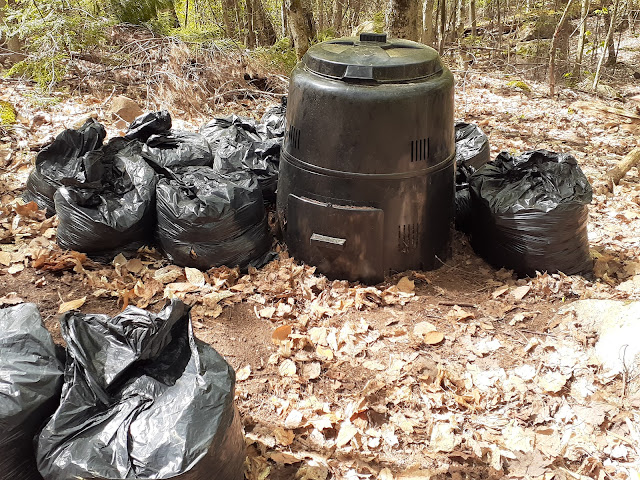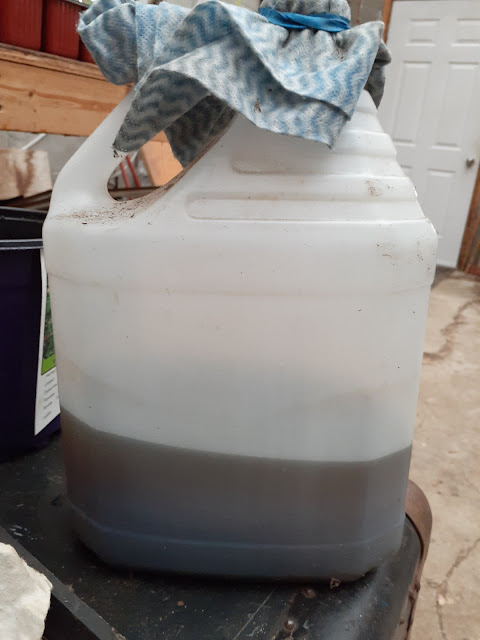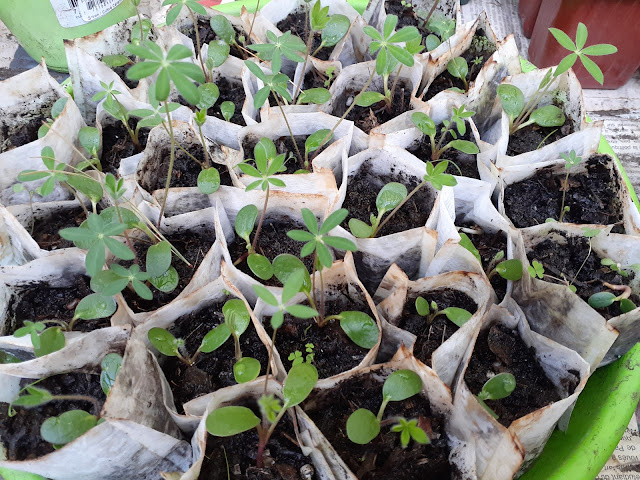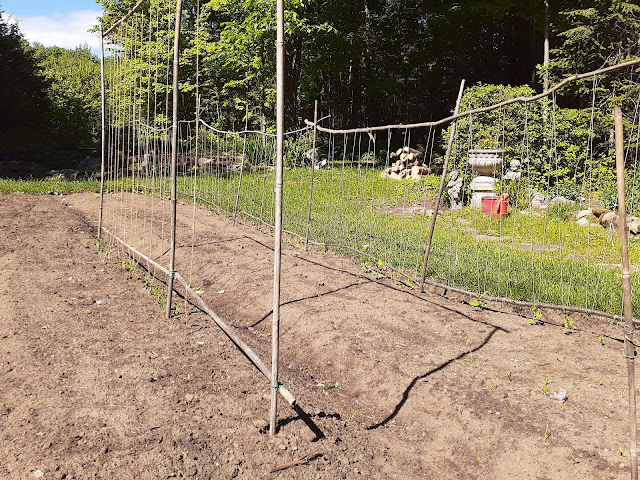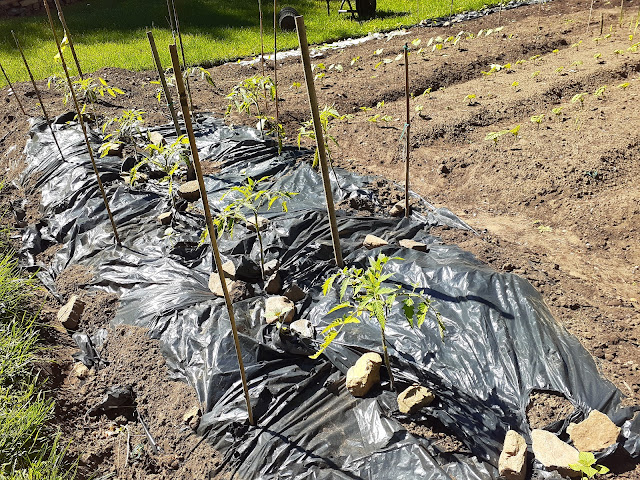Were you surprised that gardening could cost a lot of money when you first started gardening? Each flower and vegetable plant is not so expensive, but if you try to buy enough of them to fill up your land, the accumulated price won’t be small. Some plants, especially perennials and trees, can be so expensive that they would dismiss your passion for gardening.
You don’t only need to buy seedlings and pots to get on with gardening. Soil, fertiliser, tools… the list goes on and on. The more you care about it, the more it costs.
If you’re a millionaire, you can buy whichever plants you want, hire someone to design your garden and do the gardening work for you. Unfortunately, we’re not rich enough to do that. We are budget gardeners.
Somehow, I also feel that spending too much money on gardening is a “luxury”. I’m always trying to find ways to enjoy gardening for as little money as possible and here are a few ideas that I think might work.
Reuse Food Packages as Planters
You need some containers to plant seeds to grow seedlings. The plastic pots are available in the shop, but they are not as cheap as they look and you often need many of them. You don’t have to buy them, there are plenty of alternatives around you.
At first, you may want to buy flower and vegetable seedlings when you start gardening. They are probably sold in plastic containers, but do not throw away the containers after you plant them in your garden. For several years, we have been keeping the plastic containers that came with the flowers and vegetables when we bought them. You can reuse them to sow and grow your own seeds. Of course, they are perfect for sowing and growing plants in.
The smaller orange boxes used to be mushroom containers that we bought in supermarkets.
If you just want to sow seeds, you can also use the egg carton boxes.
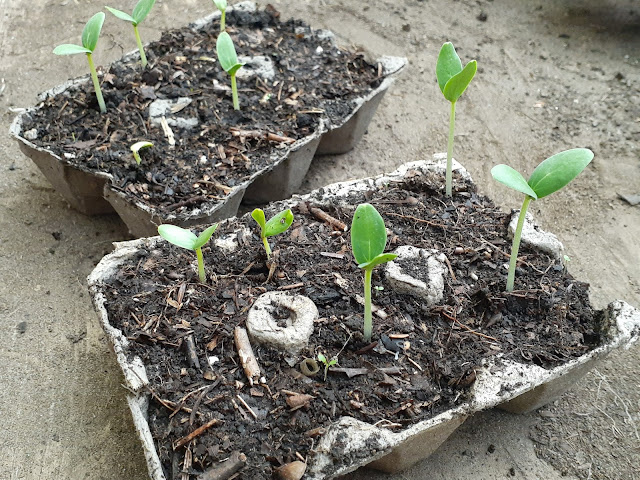 |
| Cucumber seeds have sprouted in the egg carton |
>>> Cucumbers germinating in egg cartons! Potting up has been done!
We often use yoghurt pots to grow seedlings of tomatoes and courgette. For cucumbers, the yoghurt pots might be too big. The paper coffee cups may be better for them. I put cucumber sprouts into Japanese snack cups this year (see picture at the beginning). You can also reuse cans or rice bags. No matter what kind of containers they are, you need to make holes in the bottom so that your plant won’t be sitting in the water.
This is a succulent pot that I made with a Japanese snack cup.
>>> Making cacti (succulent plants) pots
If you need a horizontally rectangular planter you can use a milk carton. Here we have the 2 litre size, which is big enough for this.
The photo below shows a box of Philippine crackers that I planted arugula in.
It has a handle and is kind of cute, isn’t it? I think I can make a herb or vegetable box with it as a gift.
Do Compost to Minimise Soil Purchases
The soil you use for gardening is very important. Even if you buy healthy seedlings, they will not grow well with poor soil. You want to make sure you have good soil and don’t reuse old soil from your garden.
We make our own compost at home to minimise our soil purchases. It can be made from kitchen waste (e.g. inedible parts of vegetables) and fallen leaves. You need a small space and it takes a little time, but if you can, make free gardening soil.
This is our own leaf compost. Ideally, it’s better to mix leaf compost with kitchen compost and add it to your garden soil.
>>> Turning over the leaf mould (leaf compost)
Make Fertiliser by Yourself
This is still my trial period, but I also make my own fertiliser. I make my own fermented vegetable liquid, which is a popular healthy drink in Japan, and now am trying to use it as fertiliser.
Basically, it’s a mixture of vegetables and sugar. I left it in room temperature to ferment. How to make and how to use will be another blog post in the future. My understanding is it is like a “mild kombucha.” My vegetable liquid is almost non alcoholic while kombucha can contain alcohol. Its effect as fertiliser should be also mild. I cannot expect too much, but making it only costs me the price of sugar as I use the inedible parts of vegetables. I don’t have any reason not to try.
We have not used any kind of fertiliser so much, anyway. I’m looking forward to trying it this year and seeing what happens.
Propagate Plants by Yourself
You want to make your garden more beautiful with your favourite flowers, you want to grow vegetables and enjoy them freshly picked? …but it can be expensive to buy everything you need, including flower and vegetable seedlings and trees. Am I right?
If you want to install a new plant in your garden, you probably have to spend money in the first place. However, if you want to add more of the same plants there are many ways to propagate.
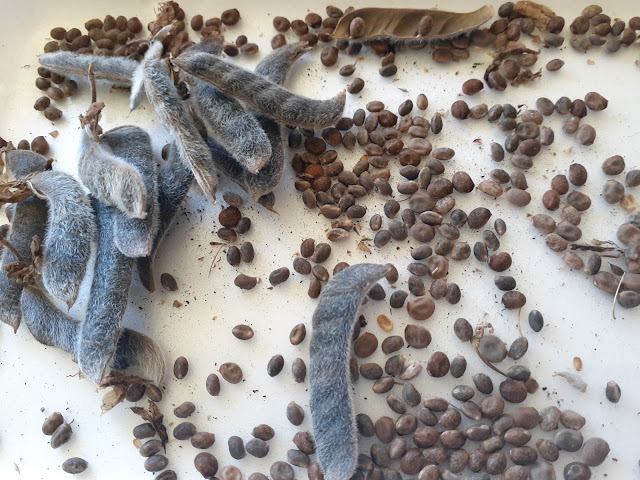 |
| The lupine seeds that I took from our garden |
They germinated.
There are several ways to propagate your favourite plants. The most common and easiest ways are;
- Take seeds and sow for next season.
- Take cuttings and clone it.
- Divide the plants and transplant.
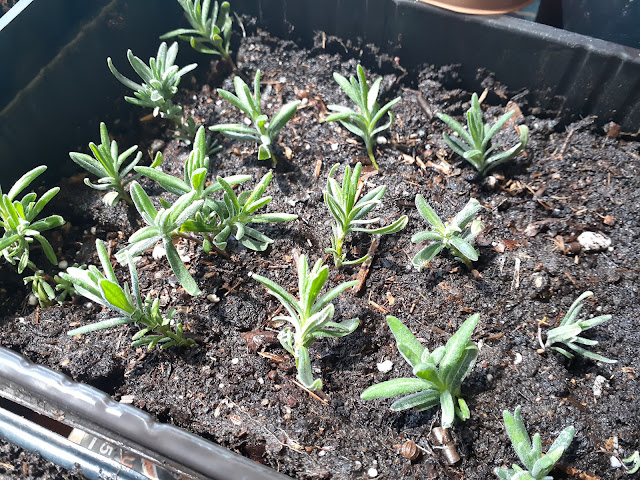 |
| Lavender cuttings |
The larger your garden is, the more money you will have to spend on seedlings and seeds. For budget gardeners, it’s a good idea to use propagation techniques such as seeding, cutting and dividing. It takes time, but the saved money can be used for other things. Furthermore, you will be very happy and encouraged when you get them to work and you will love them much more.
>>> Propagating plants by cuttings
Tools and others
If you want to get into gardening you will need a lot of other tools. If you don’t have any alternatives, you’ll have to buy them, but it’s fun to look for the things that you can use as substitutes.
In our case, we are surrounded by woods so we easily have a lot of branches. We use them to make poles for the legumes and other plants.
This week we are expecting a minimum temperature of 1 degree Celsius. So we rushed out to mulch for the first time ever, which we don’t usually do at all.
It’s a bit messy as it’s only temporary. We reused a rubbish bag full of holes from the leaf composting I mentioned earlier.
I’m sure there are more ideas for low budget gardening. What you can realistically do also depends on your circumstances. You may or may not be able to do some of them, but it’s always fun to be creative and to explore ideas on how to enjoy gardening without spending a fortune.
<<< Previous Post: Sowing runner beans
Next Post >>> Mulching for the first time
